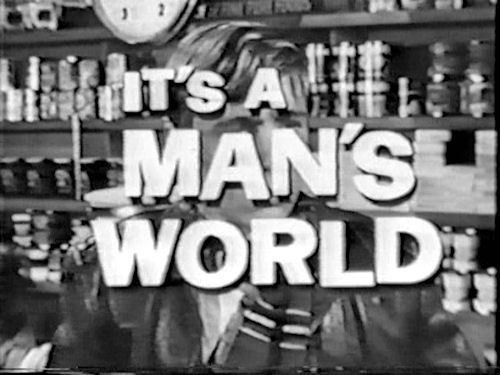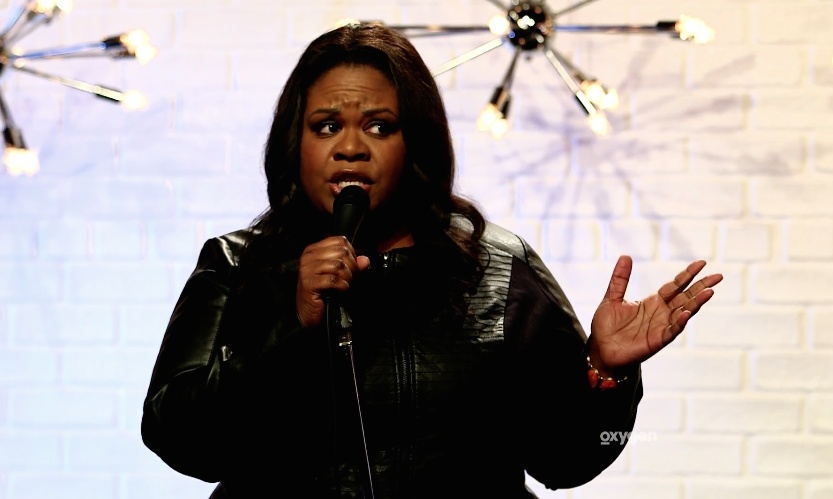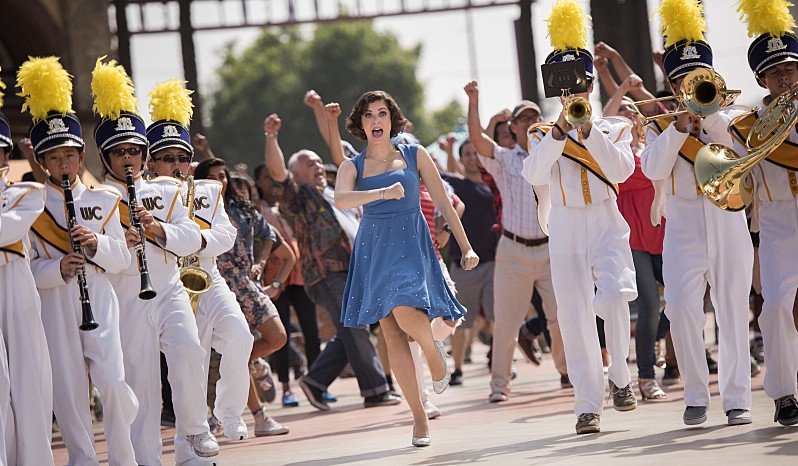New stats are out from the Center for the Study of Women in Television and Film. This time the research takes a look at the amount of female characters onscreen in the top grossing 100 films of 2011.
The study entitled “It’s a Man’s (Celluloid) World: On-Screen Representations of Female Characters in the Top 100 Films of 2011” showed that women account for 33% of the characters but only 11% of the leading characters. This is at a time when women make up 51% of the population. A decade ago women made up 16% of the leads in films. Male characters are also much more likely to be seen as leaders onscreen 86% compared to 14%. I guess it’s easier to make a man a political leader when that is the norm is society. It’s also easier to have more men with leadership capabilities because we see more older men onscreen. Men over 40 make up 50% of the characters and women over 40 only make up 25% of the characters.
Other stats include the fact that most of the female characters are white 73% and the number of African American females has declined from from 15% in 2002 to 8% in 2011.
And the kicker is that men get identified by their occupation and women get identified by their marital status and when a woman’s occupation is identified 22% of the time the woman is identified as being out of the workforce.
See Full report
It’s a Man’s (Celluloid) World: On-Screen Representations of Female Characters in the Top 100 Films of 2011
by Martha M. Lauzen, Ph.D.
Copyright © 2012 — All rights reserved.
In 2011, females remained dramatically under-represented as characters in film when compared with their representation in the U.S. population. Last year, females accounted for 33% of all characters in the top 100 domestic grossing films. This represents an increase of 5 percentage points since 2002 when females comprised 28% of characters.
While the percentage of female characters has increased over the last decade, the percentage of female protagonists has declined. In 2002, female characters accounted for 16% of protagonists. In 2011, females comprised only 11% of protagonists.
Female characters remain younger than their male counterparts and are more likely than males to have an identifiable marital status. Further, female characters are much less likely than males to be portrayed as leaders of any kind. This can be partially explained by the tendency to feature female characters under the age of 40.
Findings
- Only 11% of all clearly identifiable protagonists are female, 78% are male, and 11% are male/female ensembles.
- Male characters are much more likely than females to be portrayed as leaders. Overall, male characters account for 86% and females 14% of leaders. Broken down by type of leader, males comprise 93% of political and government leaders, 92% of religious leaders, 83% of business leaders , 73% of social leaders, and 70% of scientific and intellectual leaders.
- Female characters are younger than their male counterparts. The majority of female characters are in their 20s (27%) and 30s (28%). The majority of male characters are in their 30s (29%) and 40s (25%). These percentages are similar to those collected in 2002.
- Males 40 and over account for 50% of all male characters. Females 40 and over comprise 25% of all female characters.
- 4% of all female characters are 60 or older. 8% of all male characters are 60 or older.
- 73% of all female characters are Caucasian, followed by African American (8%), Latina (5%), Asian (5%), other worldly (4%), animals (3%), and other (1%). Moviegoers are almost as likely to see an extra-terrestrial female as they are to see a Latina or Asian female character.
- The percentage of African-American females declined precipitously from 15% in 2002 to 8% in 2011.
- The percentage of Latina females increased by one percentage point over the last decade, from 4% in 2002 to 5% in 2011.
- The percentage of Asian females increased 2 percentage points, from 3% in 2002 to 5% in 2011.
- For comparison, 69% of male characters are Caucasian, followed by other worldly (9%), African American (8%), Latino (5%), animals (5%), Asian (3%), and other (1%).
- Male characters are more likely than female characters to be identified by their occupational status. 33% of female characters have unknown occupational status versus 19% of male characters.
- Female characters are more likely than male characters to be identified by their marital status. 60% of male characters have unknown marital status versus 41% of female characters.
- When occupational status is known, female characters are most likely to be in out-of-workforce positions such as homemaker or student (22%), followed by white collar positions (15%), and blue collar positions (13%). Male characters are most likely to hold white collar positions (22%) and blue collar positions (22%).
Report compiled by Dr. Martha M. Lauzen, Executive Director, Center for the Study of Women in Television and Film, San Diego State University, San Diego, CA 92182, 619.594.6301







